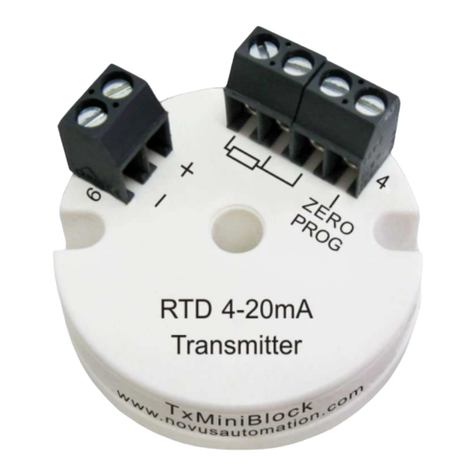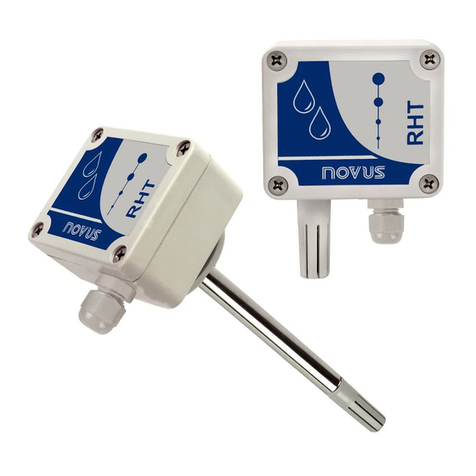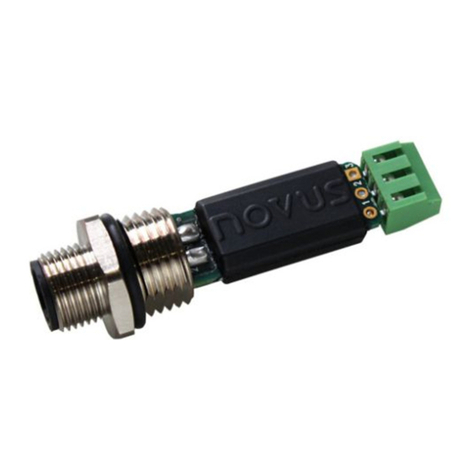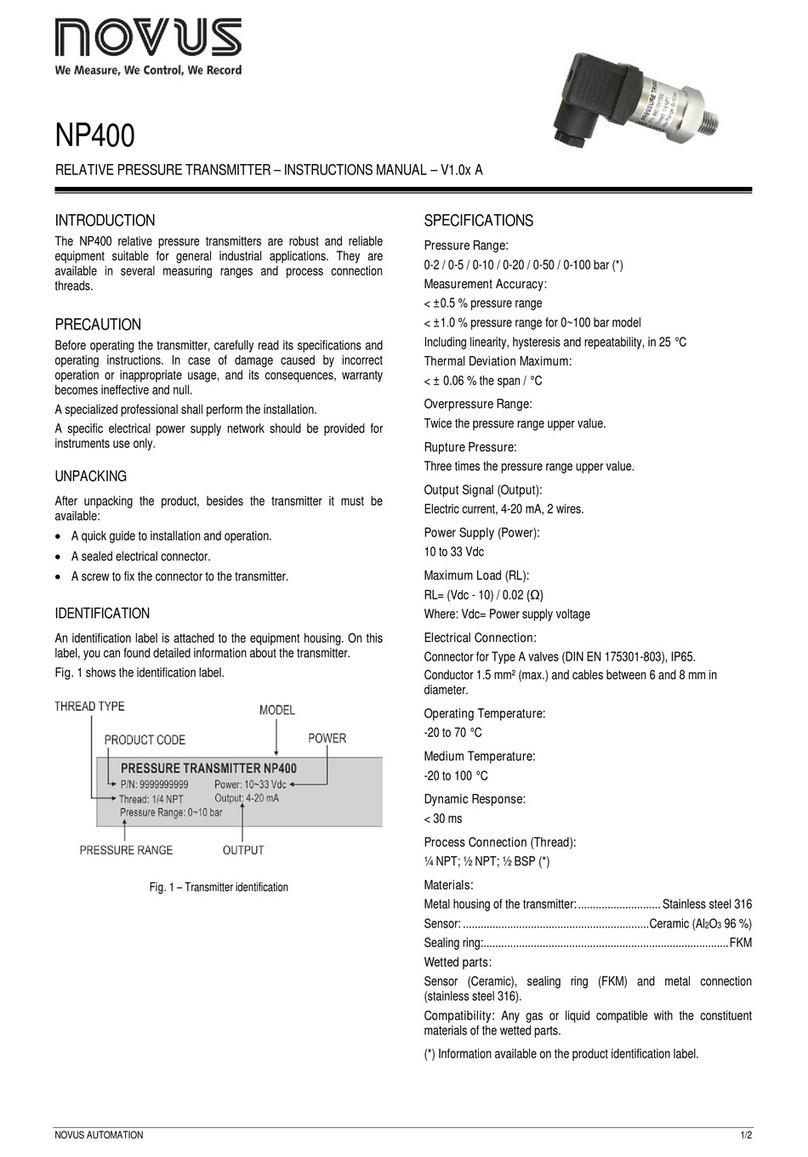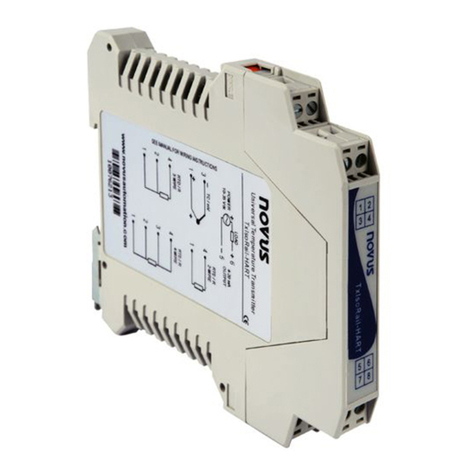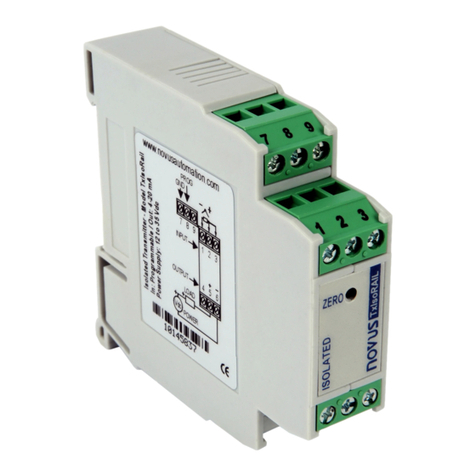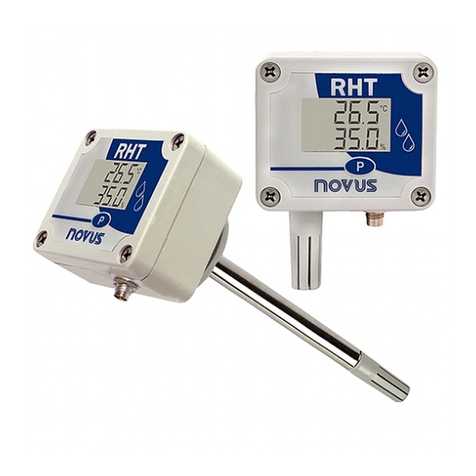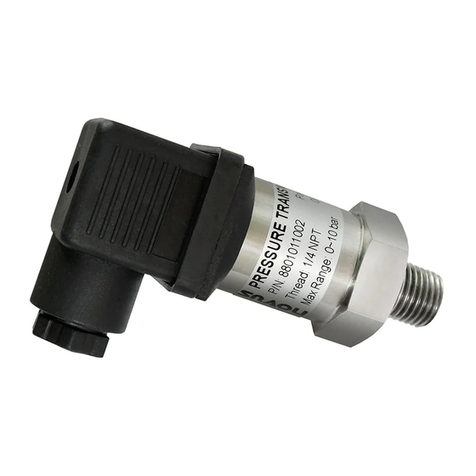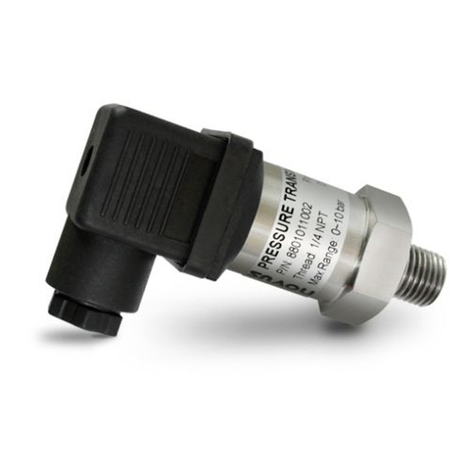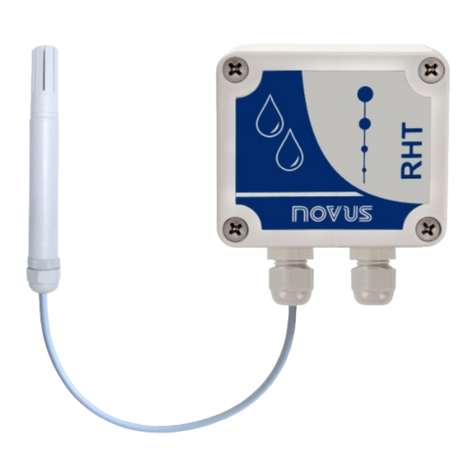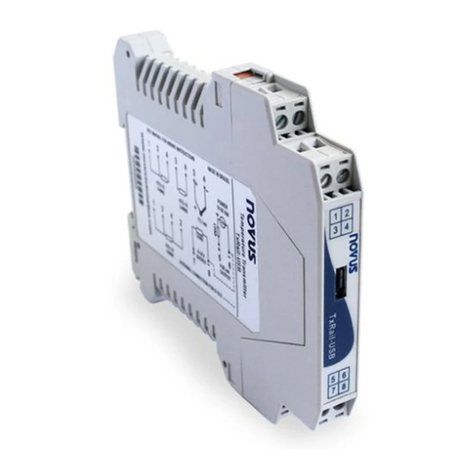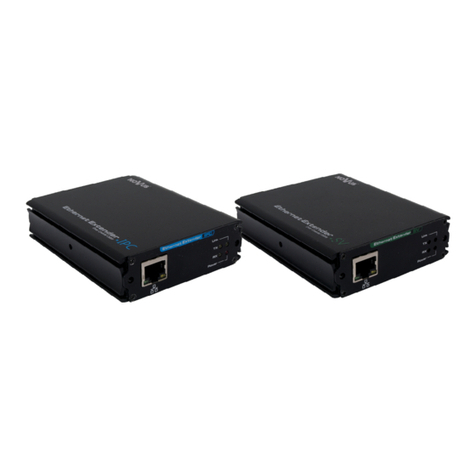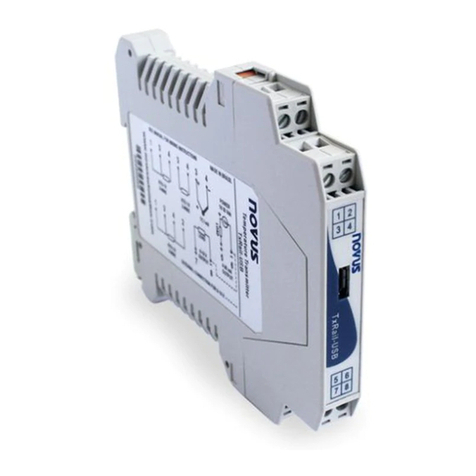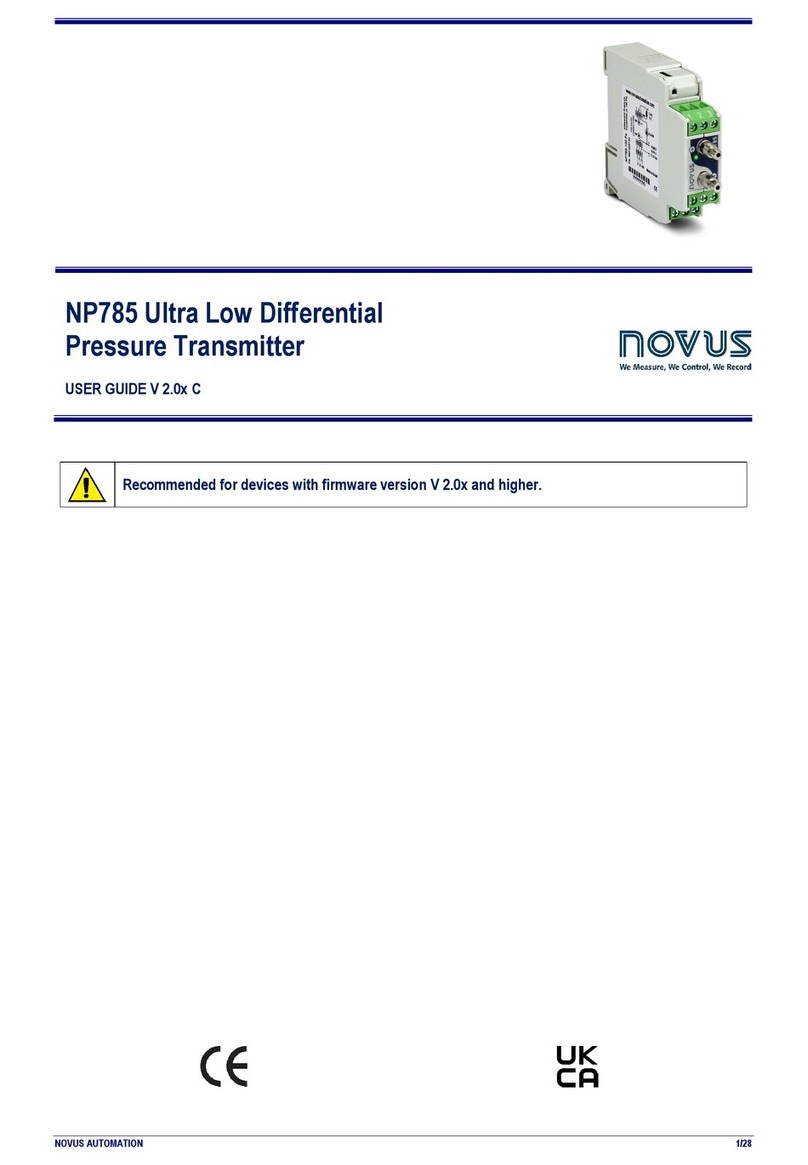TxBlock-USB
NOVUS AUTOMATION 4/5
CONFIGURING TXBLOCK-USB WITH TXCONFIG APPLICATION
FOR ANDROID:
Once the connection between the smartphone and the TxBlock-
USB is made, the device will send the following message:
Fig. 13 – USB device connected
For the correct operation of the application, the option "Open
TxConfig when this USB device is connected?" must be checked and
then click the OK button.
After that, it will automatically run the TxConfig application, which
has already been previously installed on the smartphone, and will
display the following message:
Fig. 14 – Reading device
The application will automatically switch to the configuration screen
(see Fig. 11), where it will be possible to configure the TxBlock-USB.
OPERATION
The sensor offset can be changed through the TxConfig II software
or the TxConfig app.
The USB cable may be connected to the transmitter without causing
any measurement errors. See item Zero Correction in the chapter
CONFIGURATION of this manual.
The uer must choose the most suitable sensor and range to the
process. The chosen range must not exceed the maximum range of
measurement defined for the sensor and should not be smaller than
the minimum range for the same sensor.
It is important to note that the transmitter accuracy is based on the
maximum range of the sensor used, even when a narrower range is
programmed.
Example:
•The Pt100 sensor in the range 0 to 100 °C and accuracy of
0.12 %, the maximum error will be 1.02 °C (0.12 % de 850 °C).
•The Pt100 sensor in the range 500 to 600 °C and accuracy of 0.19 %,
the maximum error will be 1.61 °C (0.19 % of the 850 °C).
Note: When measurements are made at the transmitter, see if the
Pt100 excitation current required by the calibrator is compatible with
the Pt100 excitation current used in the transmitter: 0.8 mA.
SPECIFICATIONS
Sensor input: User defined. The supported sensors are listed in
Table 1, along with their maximum ranges.
Thermocouples: Types J, K, R, S, T, N, E and B accoding to
IEC 60584 (ITS-90). Impedance >> 1 MΩ
Pt100: Type 3-wire, Excitation 0.8 mA, α= 0.00385,
according IEC 60751 (ITS-90).
For 2-wire sensors, tie terminals 3 and 4
together.
Pt1000: Type 3-wire, Excitation 0.65 mA, α= 0.00385,
according IEC 60751 (ITS-90).
For 2-wire sensors, tie terminals 3 and 4
together.
NTC R25°C: 10 kΩ±1 %, B25/85 = 3435
Voltage: 0 to 50 mVdc. Impedance >> 1 MΩ
Sensor Type
Table 1 – Sensors accepted by the transmitter
Switch-on delay: < 2.5 s. The accuracy is only guaranteed after 15
min.
Terms of reference: Ambient: 25 ° C; voltage: 24 Vdc, load: 250 Ω;
settling time: 10 minutes.
Temperature Effect: < ±0.16 % / 25 °C
Response time: Typical 1.6 s.
Maximum voltage allowed at input terminals no sensor: 3 V.
RTD current: 800 µA.
RTD cable resistance effect: 0.005 °C / Ω
Maximum allowable cable resistance for RTD: 25 Ω.
Sensor Type
Table 2 – Calibration error, percentage of the full measurement range
(*) Add cold junction compensation: < ± 1 °C.
Power supply influence: 0.006 % / V typical (percentage of the full
measure range).
Output:4-20 mA or 20-4 mA current, 2-wired; linear in relation to the
temperature measurement by the selected sensor.
Output Resolution: 2 µA.
Power supply: 10 to 35 Vdc, across the transmitter;
Maximum load (RL): RL (max.) = (Vdc – 10) / 0.02 [Ω]
Where: Vdc= Power supply voltage (10-35 Vdc)
Operating Temperature: -40 to 85 °C
Humidity: 0 to 90 % RH
Electromagnetic Compatibility: EN 61326-1:2006

